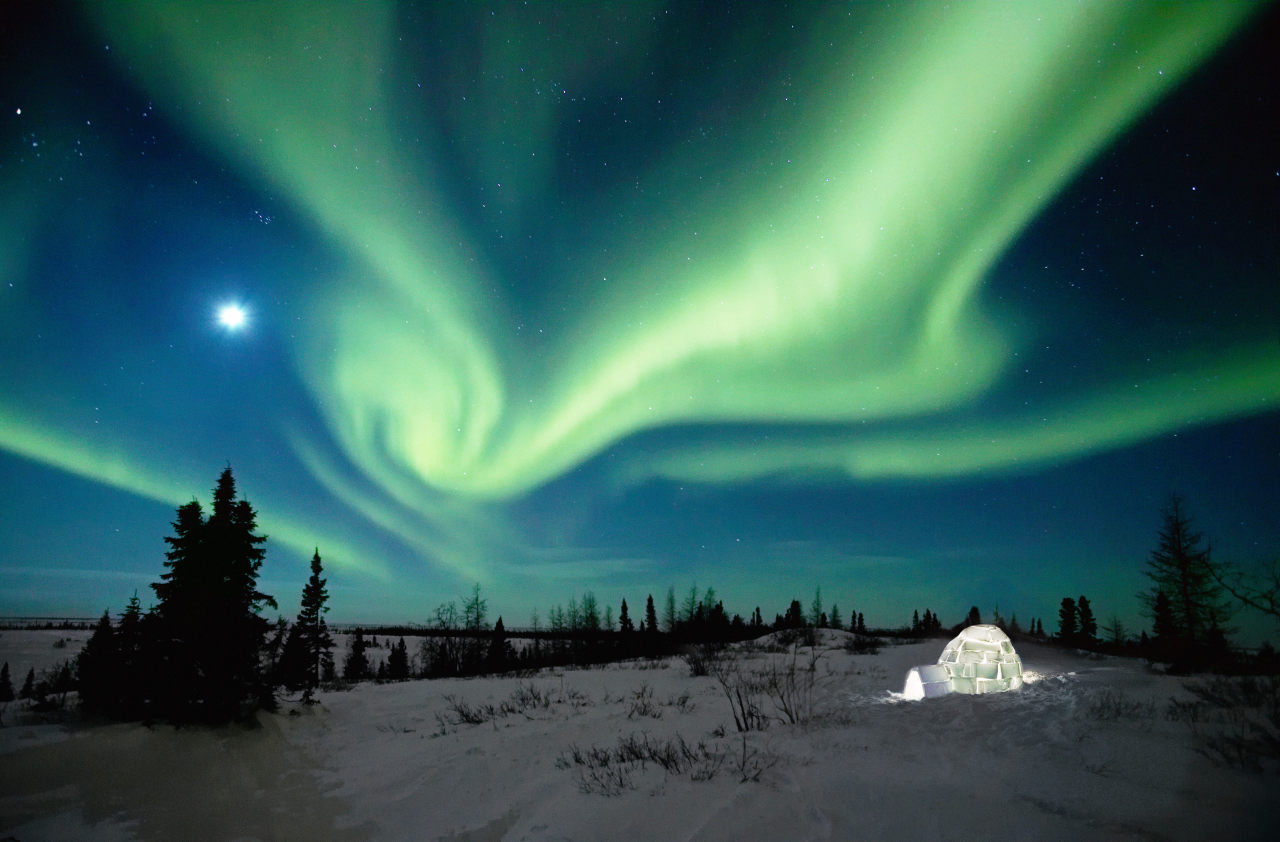The most beautiful places in Canada
15 of the Great White North's most enchanting sights.
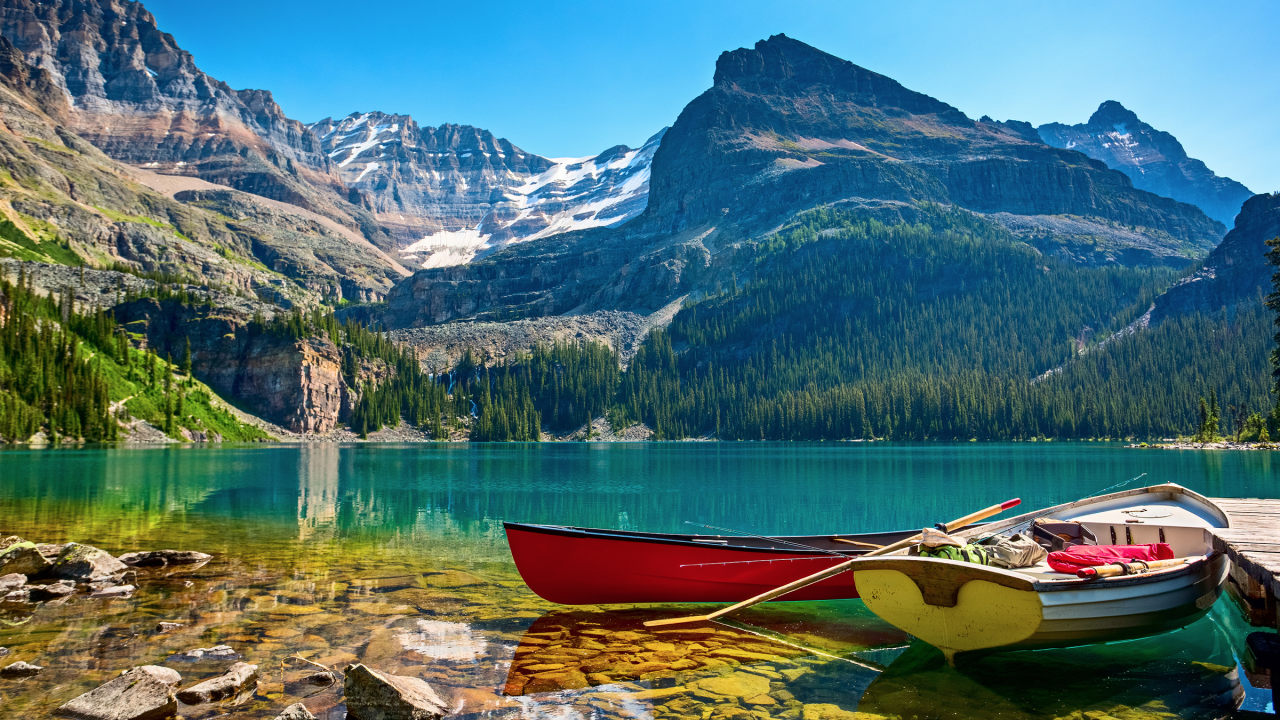
Peggy’s Cove, Nova Scotia
The lighthouse at Peggy’s Point, a white-painted, heptagonal tower topped by a red light room, stands on rocks rounded by waves over many millennia. On summer days it draws hundreds of tourists. The wooden houses, colorful boats, and much-used lobster nets of the adjacent fishing village are also popular with photographers.
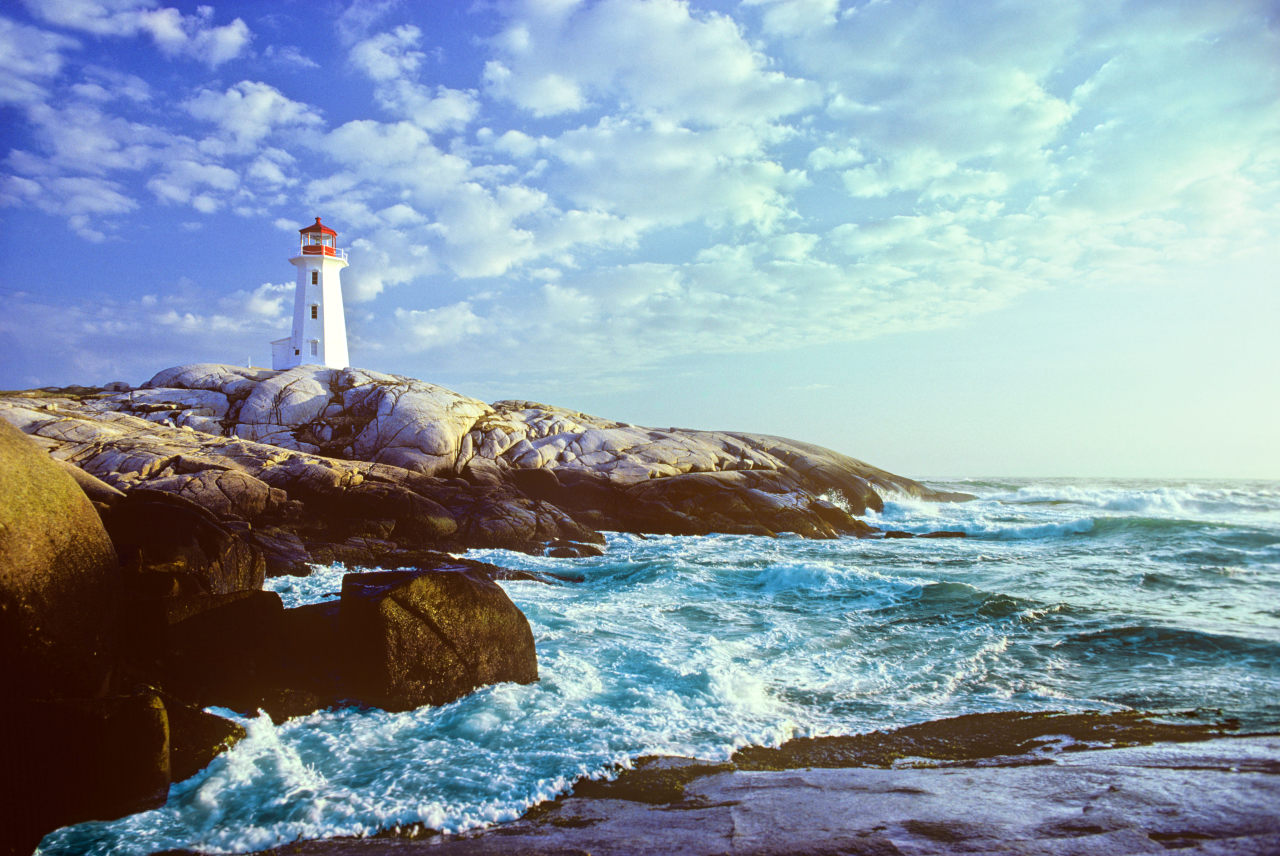
Dawson City, Yukon
The rolling, heavily wooded landscapes on either side of the Yukon and Klondike Rivers have a rugged charm, and Dawson City is built on permafrost at their confluence. The painted facades and wooden sidewalks are a legacy of the Klondike Gold Rush that drew prospectors to the region back in the 1890s.
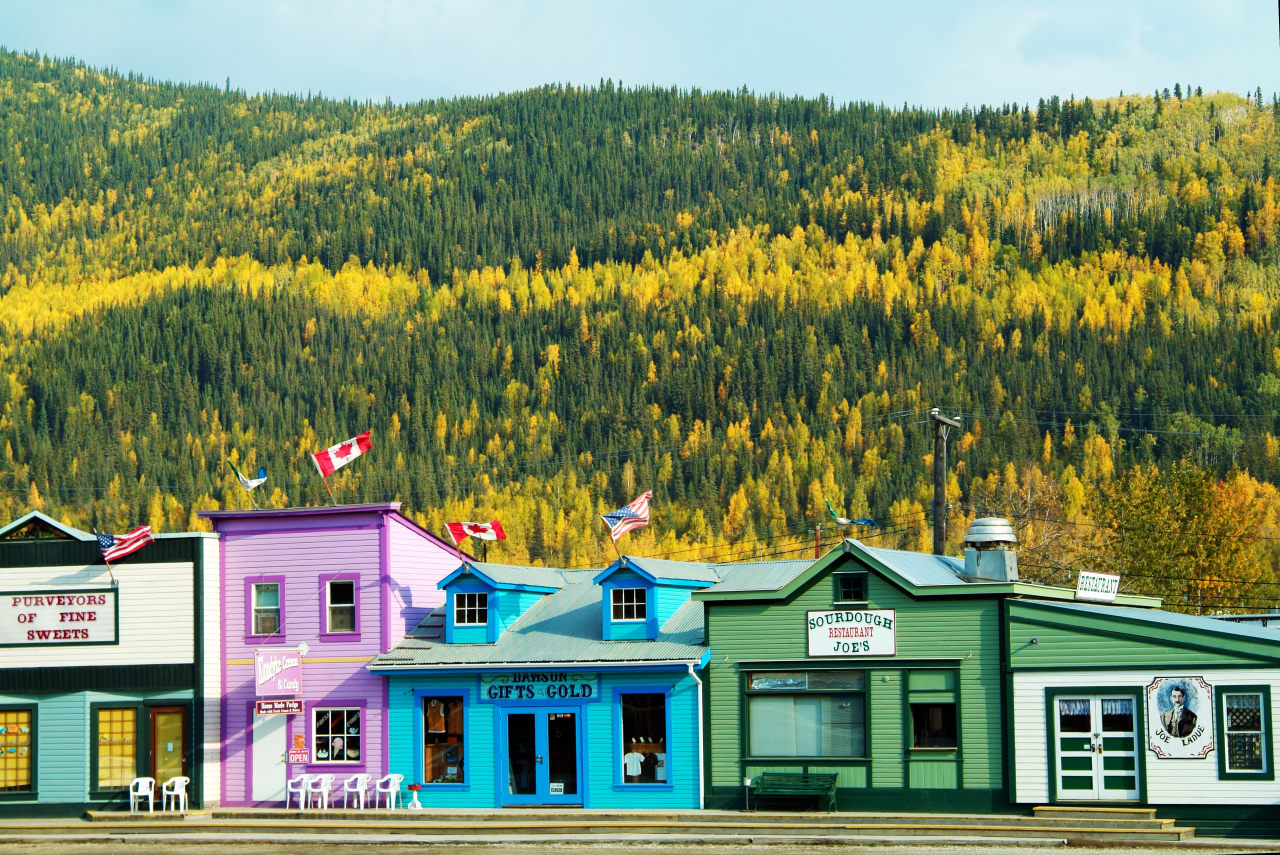
Cirque of the Unclimbables, Northwest Territories
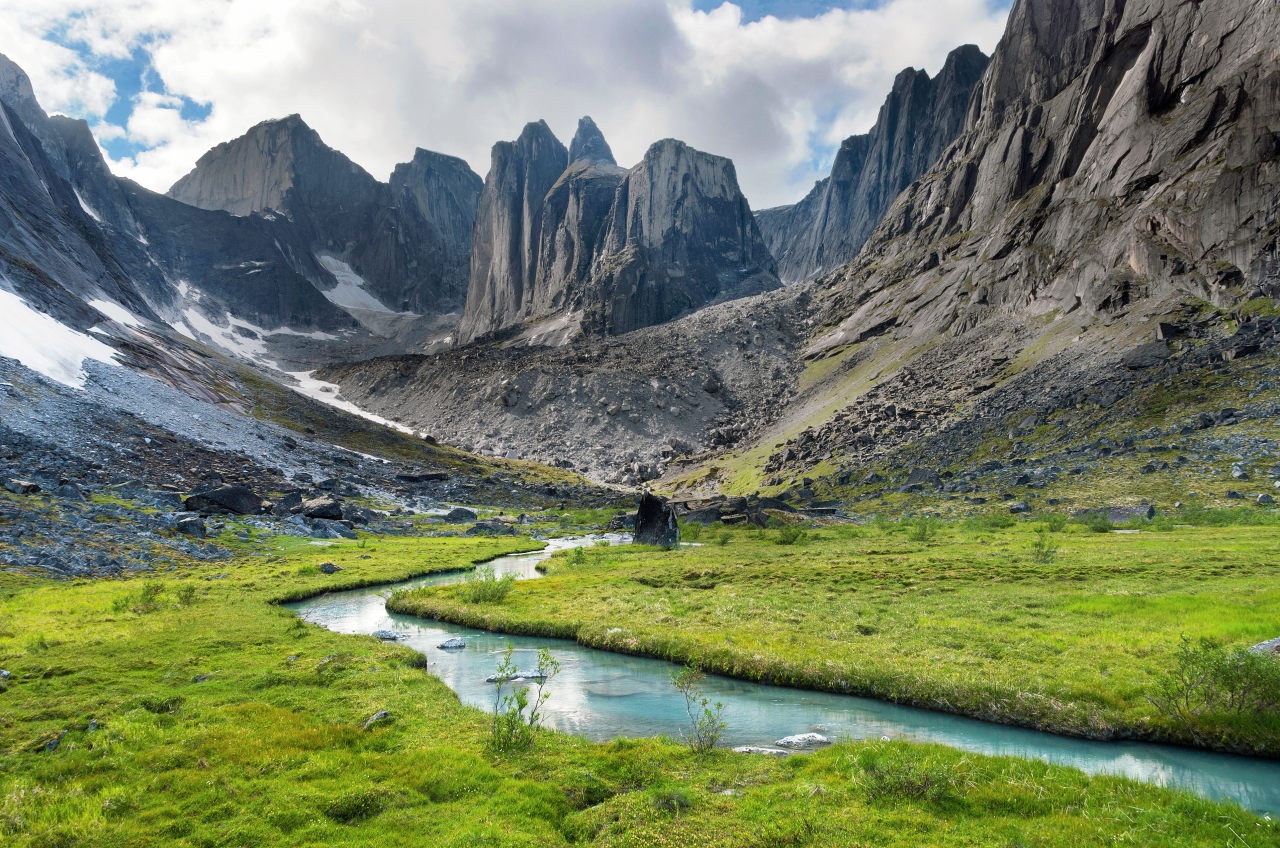
Quebec City, Quebec
Château Frontenac (center back) rises above Quebec City’s Citadelle, the 17th-century fortress overlooking the St. Lawrence River. The central tower and conical turrets of this landmark were constructed as one of the Canadian Pacific Railway’s grand hotels. The stone buildings of the Petit-Champlain district and Place Royale count among North America’s oldest.
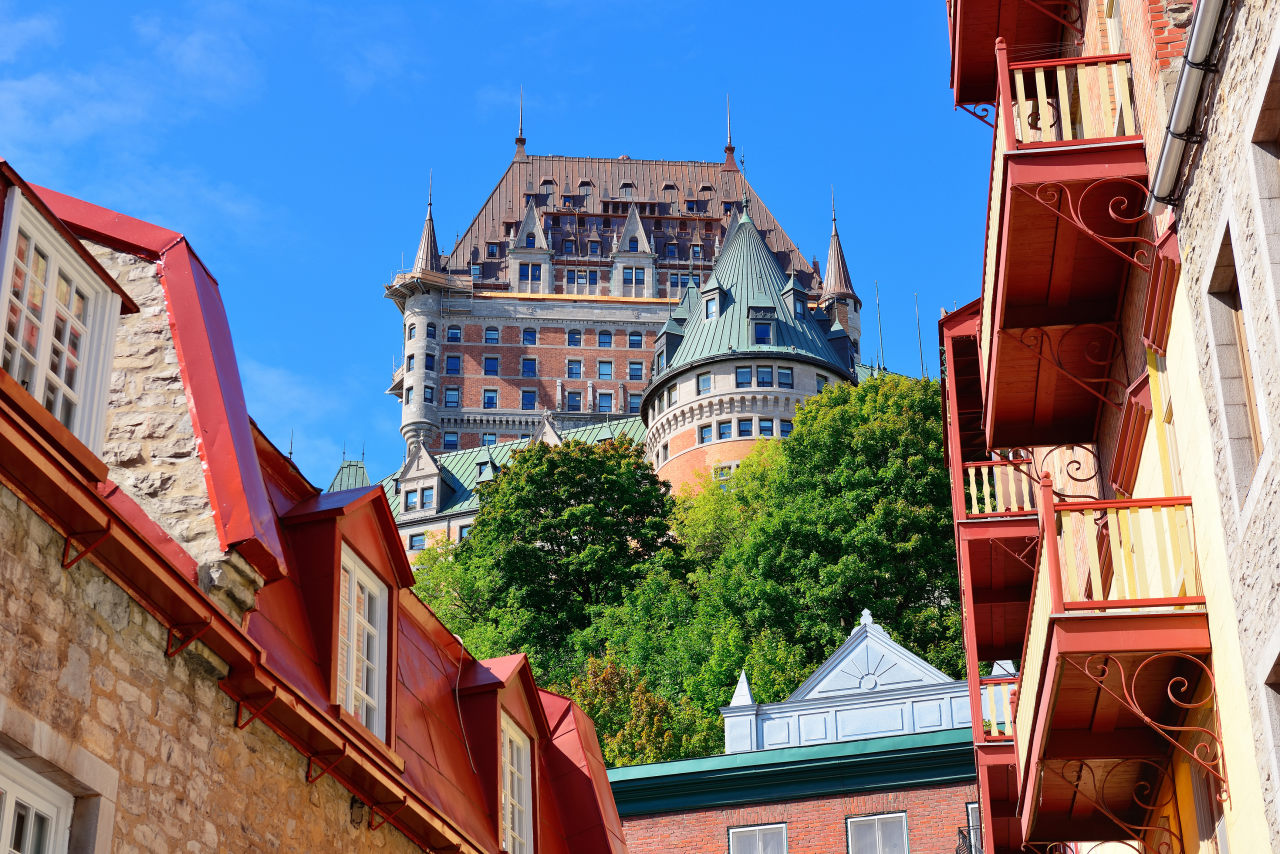
Yoho National Park, British Columbia
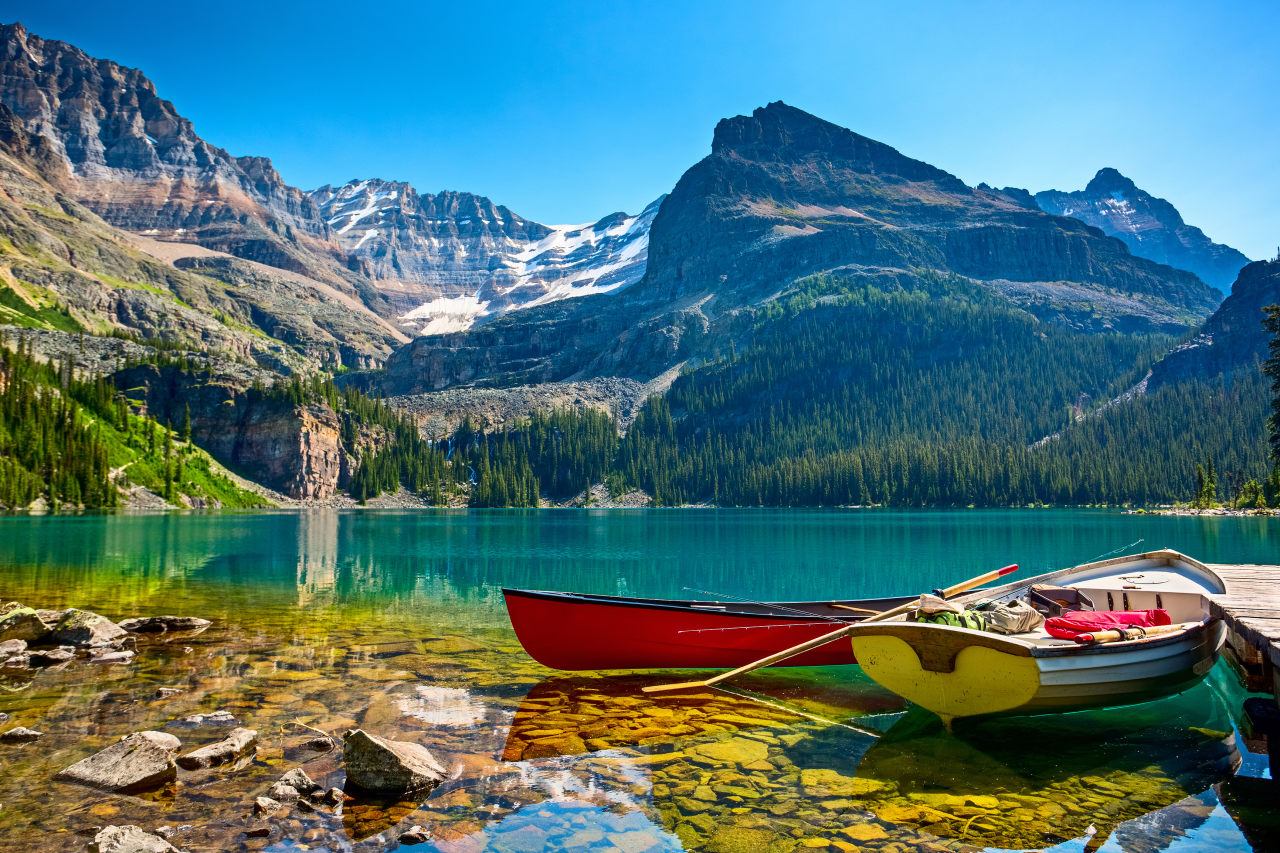
Jasper National Park, Alberta
Jagged peaks and swathes of forested wilderness characterise the largest national park in the Canadian Rockies. Trekking alongside the Athabasca River (pictured) means opportunities to view wildlife such as elk, bighorn sheep, and mule deer. One of the park’s most majestic sights is Pyramid Mountain reflecting in the lake at its base.
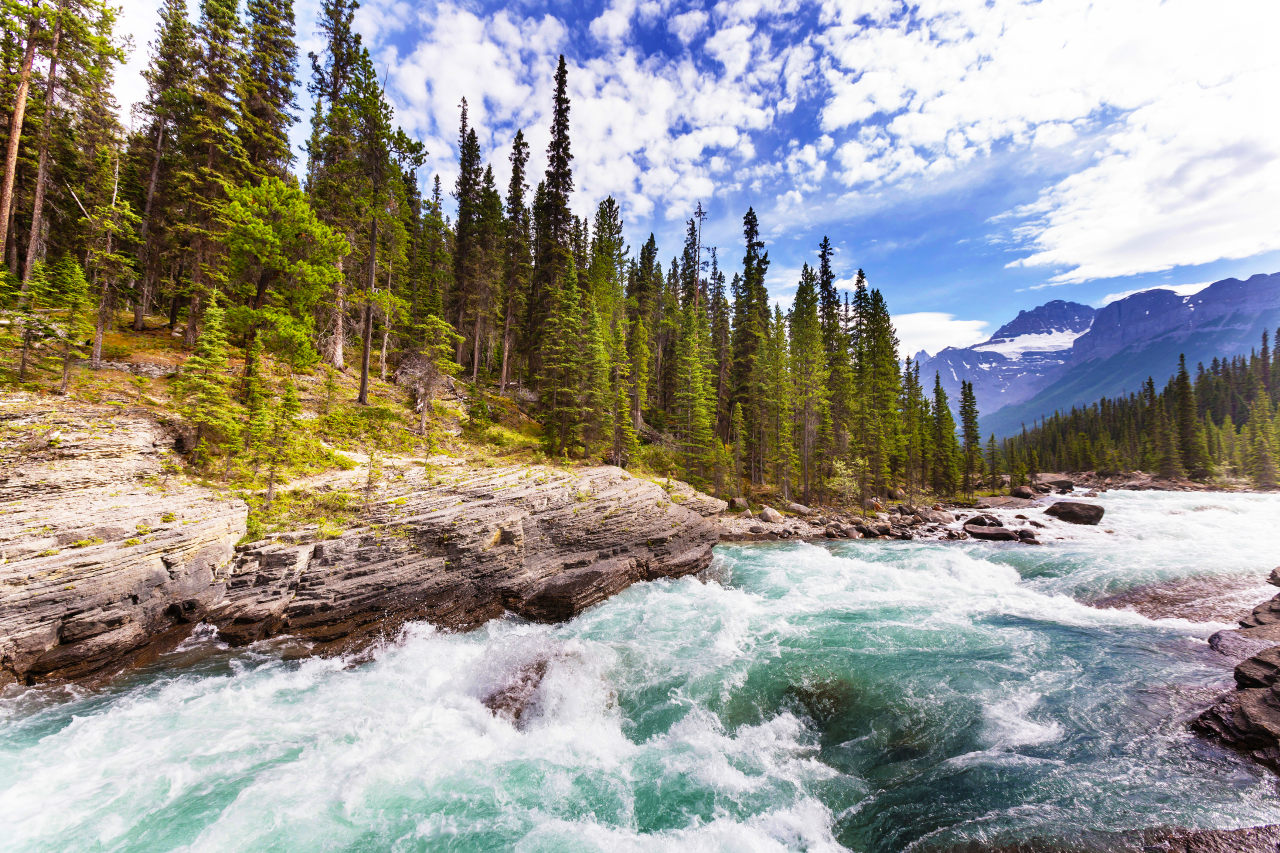
Mahone Bay, Nova Scotia
The small town of Mahone Bay is renowned for being home to three churches that reflect in the sheltered body of water eventually opening out onto the North Atlantic. St James’ Anglican Church, St John’s Evangelical Church, and Trinity United Church stand on the appropriately named Edgewater Street.
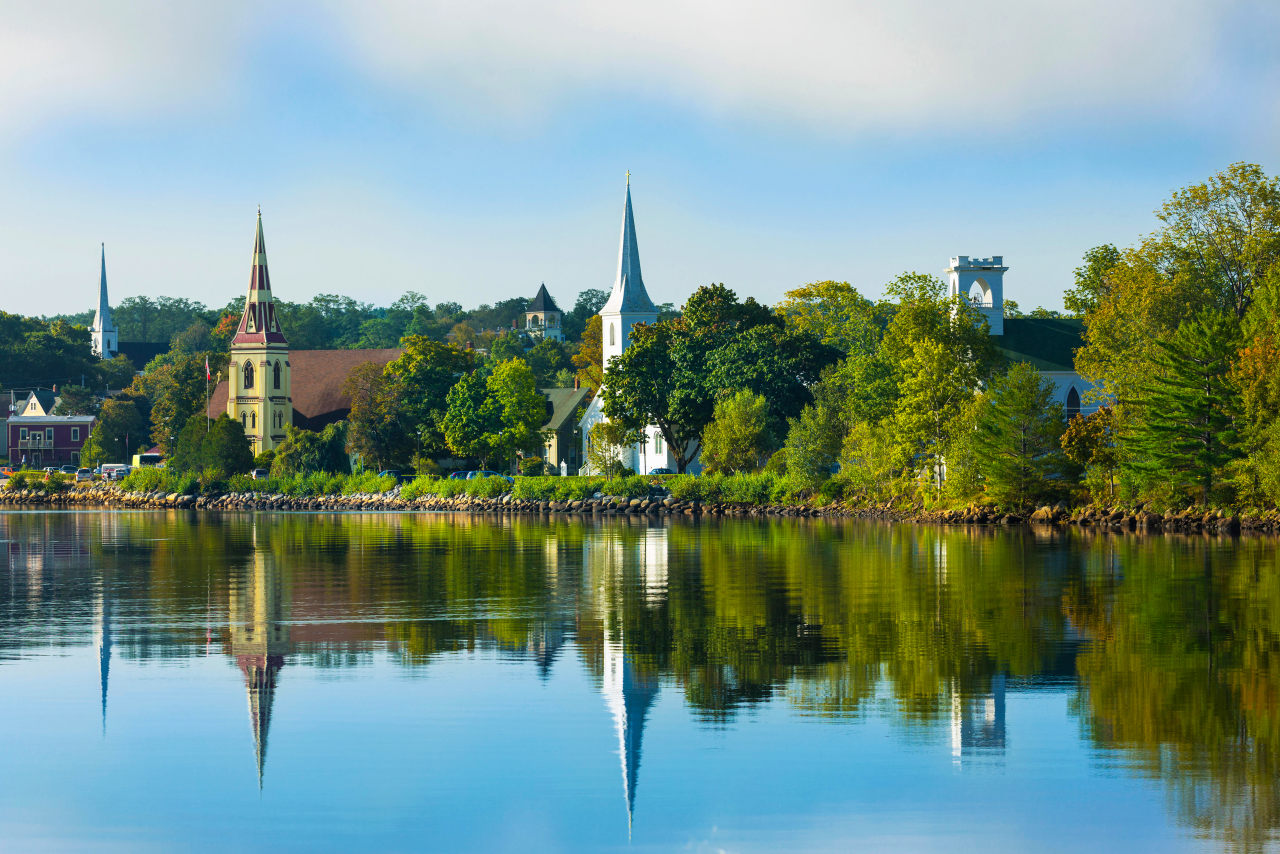
Fundy Trail, New Brunswick
The Fundy Trail skirts coastline washed by the world’s highest tides. The 12-mile (19-km) roadway has 20 clifftop lookouts and is flanked by sections for use by cyclists and walkers. A highlight is Fuller Falls, which crashes 49 ft (15 m) over rocks set in woodland. It is made accessible to pedestrians via a 197-ft (60-m) suspension bridge.
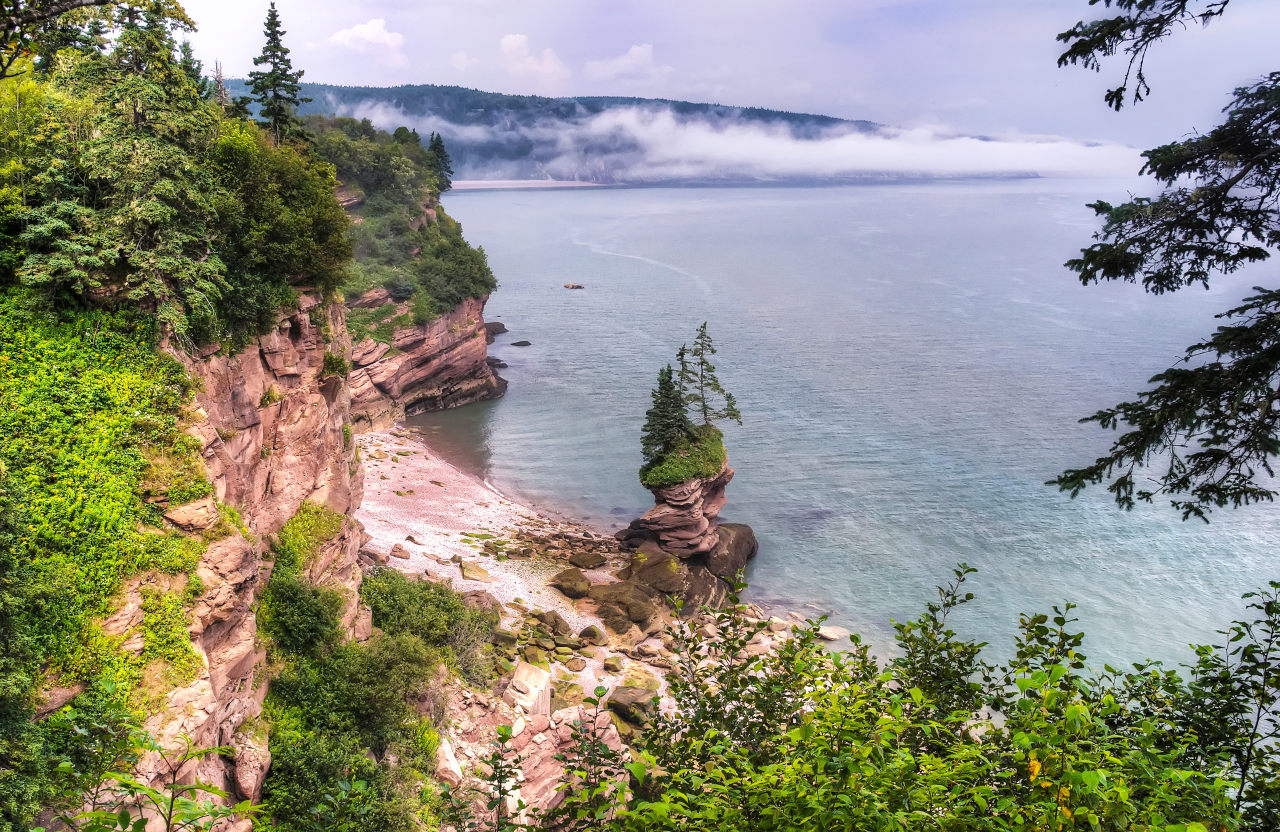
Mount Carleton Provincial Park, New Brunswick
Climbing the rocky summit of Mount Carleton, the highest point in the Maritimes, provides a 2,690-ft (820-m) vantage point over a wilderness with 10 million trees. The area has been designated a dark sky preserve by the Royal Astronomical Society of Canada, so it’s a good base for viewing the Milky Way.
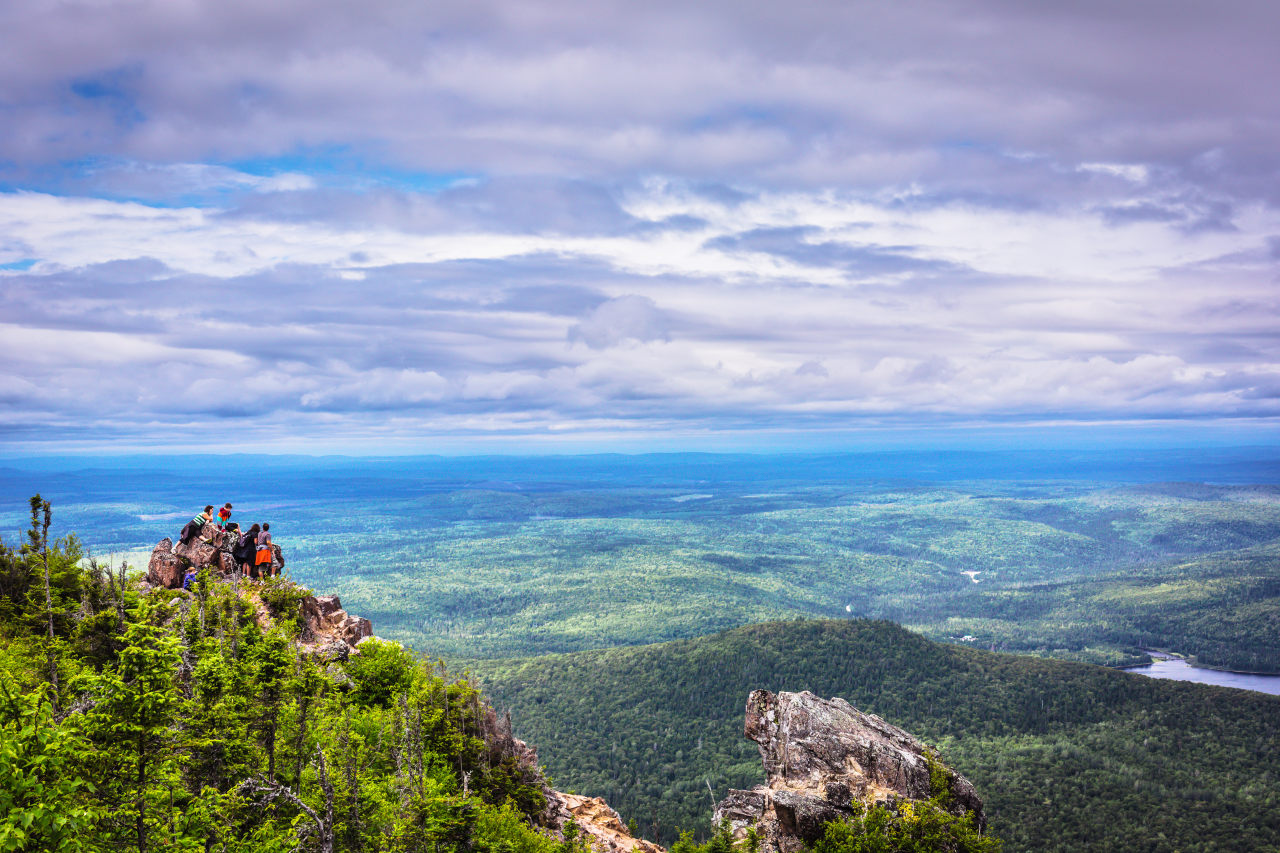
Wild Pacific Trail, British Columbia
The municipality of Ucluelet, on a peninsula jutting parallel to the western coast of Vancouver Island, is a great base for treks through the gnarled and mossy trees of the Wild Pacific Trail. Reminiscent of a stepped wedding cake, the lighthouse on the rocks at Amphitrite Point (pictured) is one of the region’s best known landmarks.
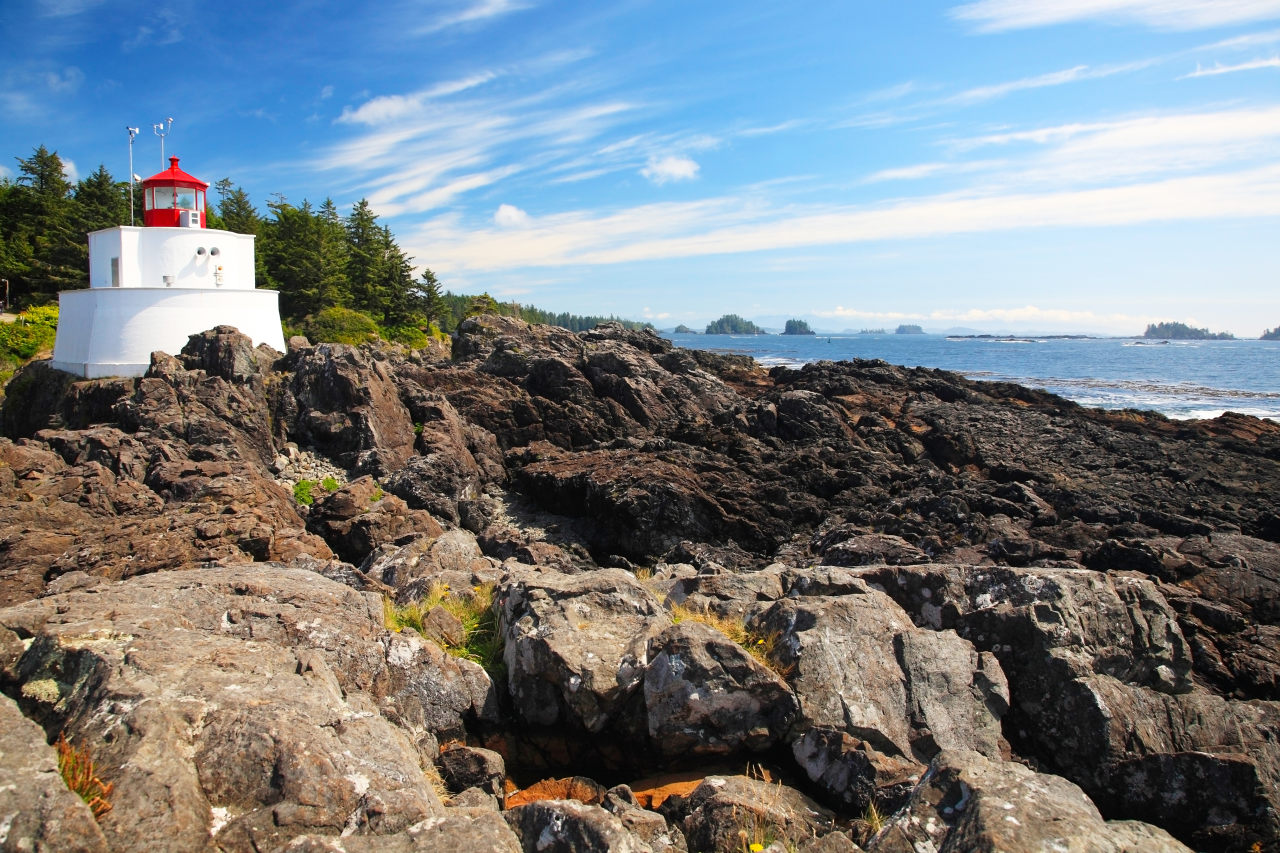
Heart’s Delight-Islington, Newfoundland and Labrador
Three ruby, blue, and yellow wooden huts stand side by side on a spit of land separating a freshwater pond and the Atlantic Ocean at Heart’s Delight-Islington. Looking onto the Trinity Bay, which is regularly visited by humpback whales, the boldly colored façades echo those of houses on Gower Street in St John’s, the provincial capital.
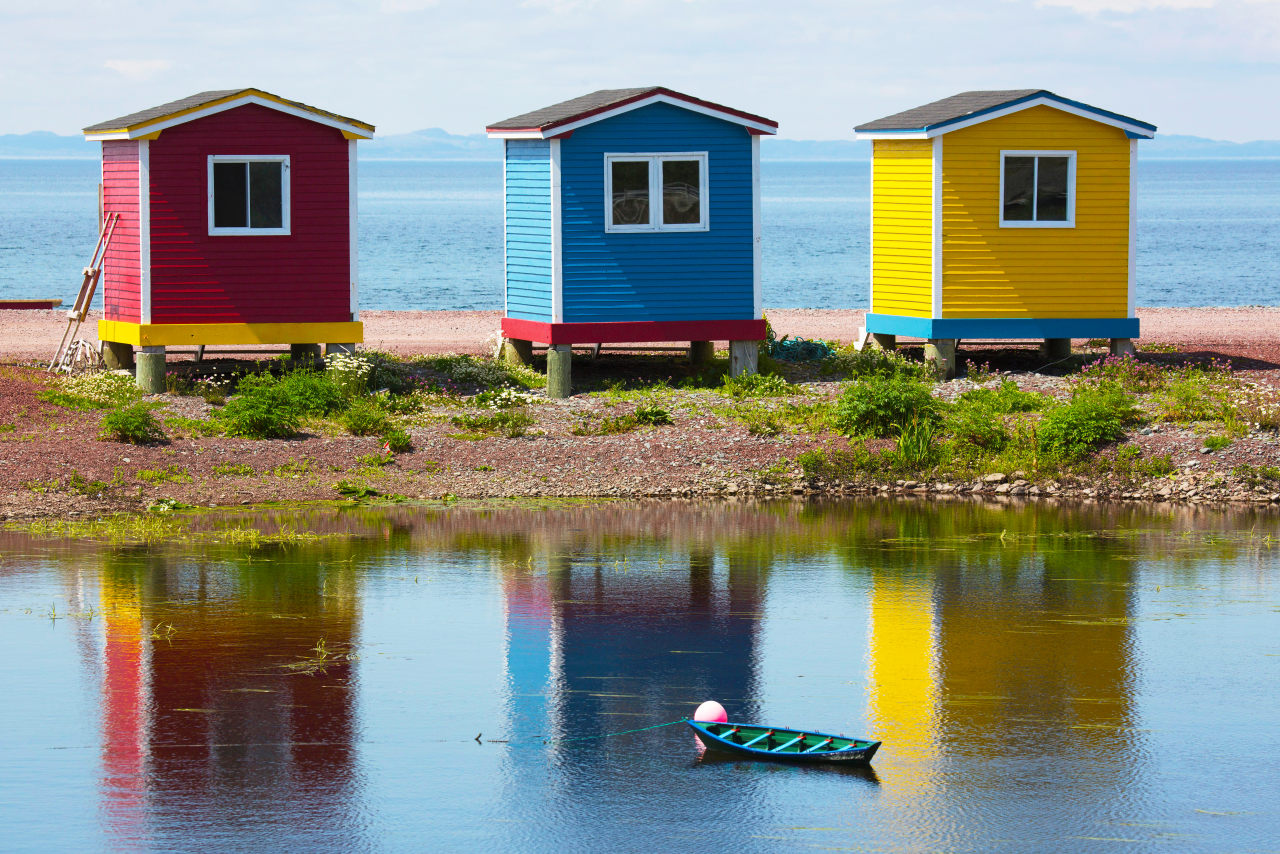
Old Montreal, Quebec
The cobbled streets of Montreal’s old town are reminiscent of those in Breton cities, from where many settlers emigrated around 375 years ago. The Classical façade of the Marché Bonsecours (pictured), a domed market hall that opened in 1847, is one of the most famous landmarks. It is best admired from across the broad St. Lawrence River.
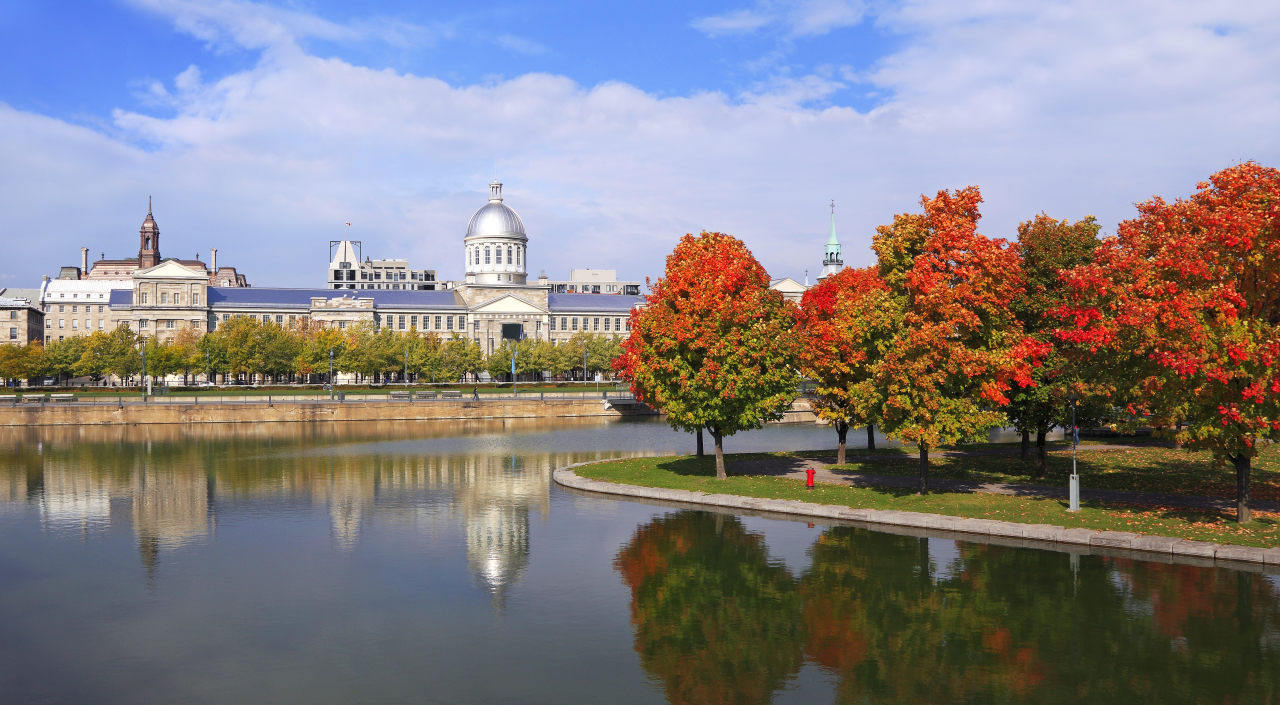
Otter Lake, Saskatchewan
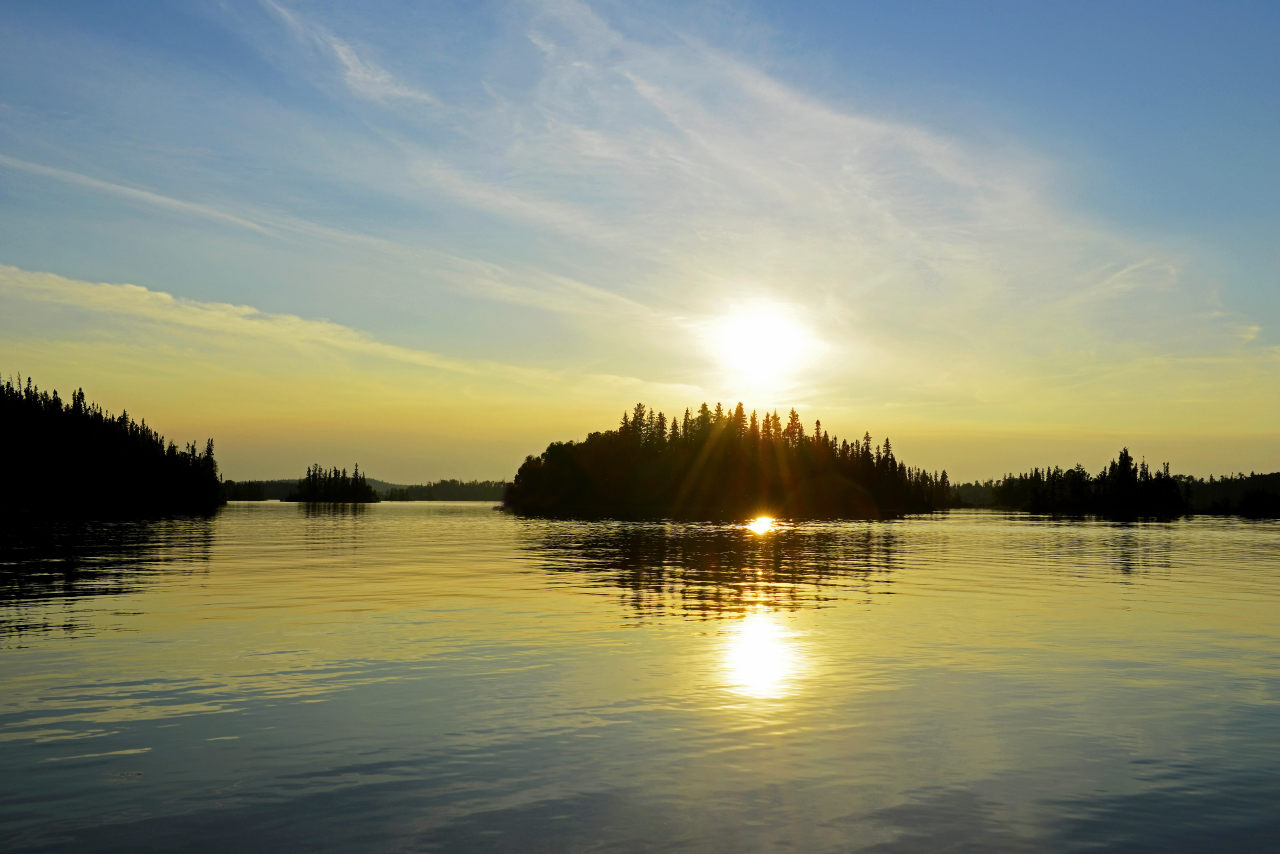
Ottawa, Ontario
Some of the best views of Ottawa’s Parliament Hill (pictured) are from Hull, across the Ottawa River from the Canadian capital, in Quebec. The tiered Library of Parliament and gargoyle-adorned Victorian Gothic façade of the Peace Tower stand next to the House of Commons, which is open most days for free tours.
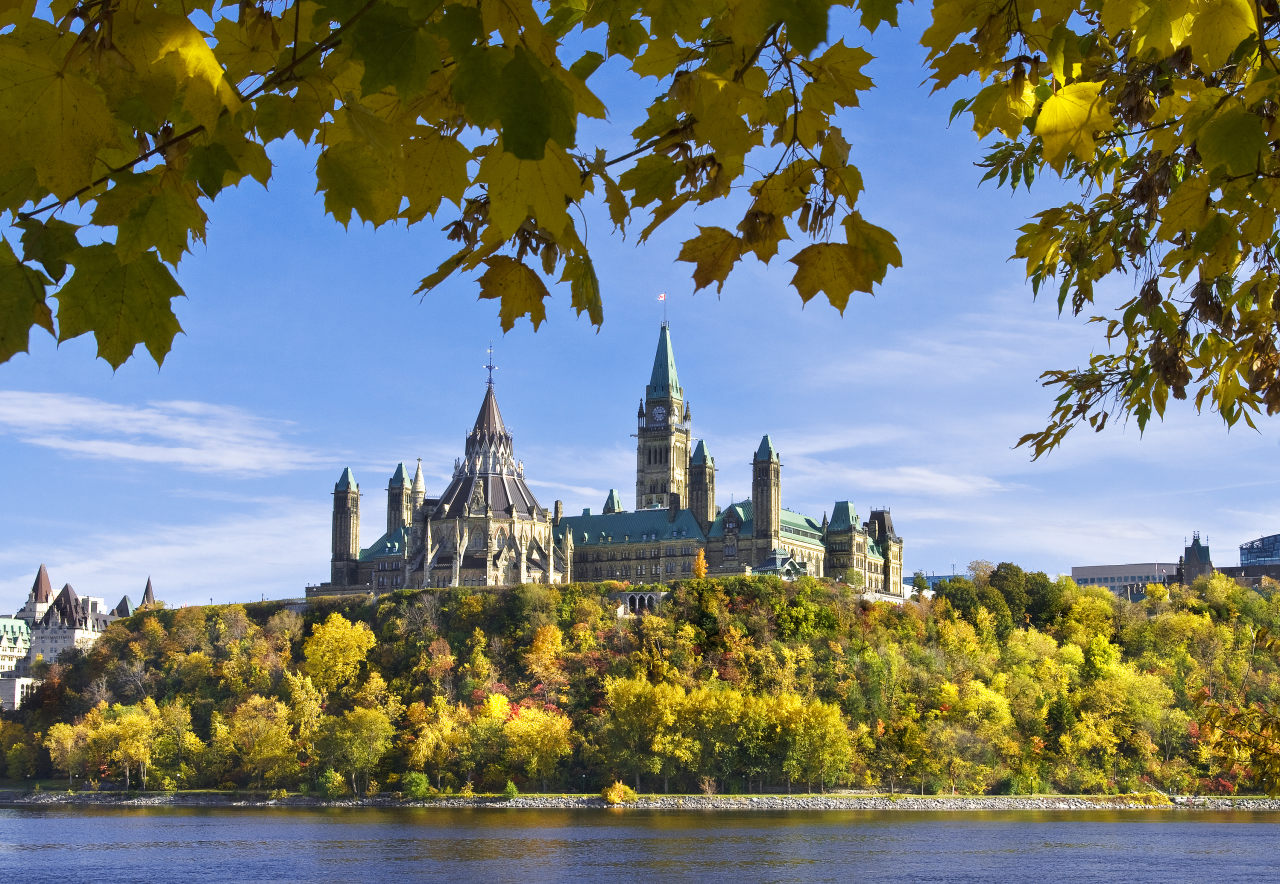
Northern lights in Manitoba
The tundra and treeless taiga landscapes of subarctic Manitoba can be reached by a 30-minute flight north of Churchill by light aircraft. Moose clatter across fingers of land jutting into the Hudson Bay, and polar bears outnumber people in this region. The aurora borealis dance regularly in a night sky free of light pollution.
